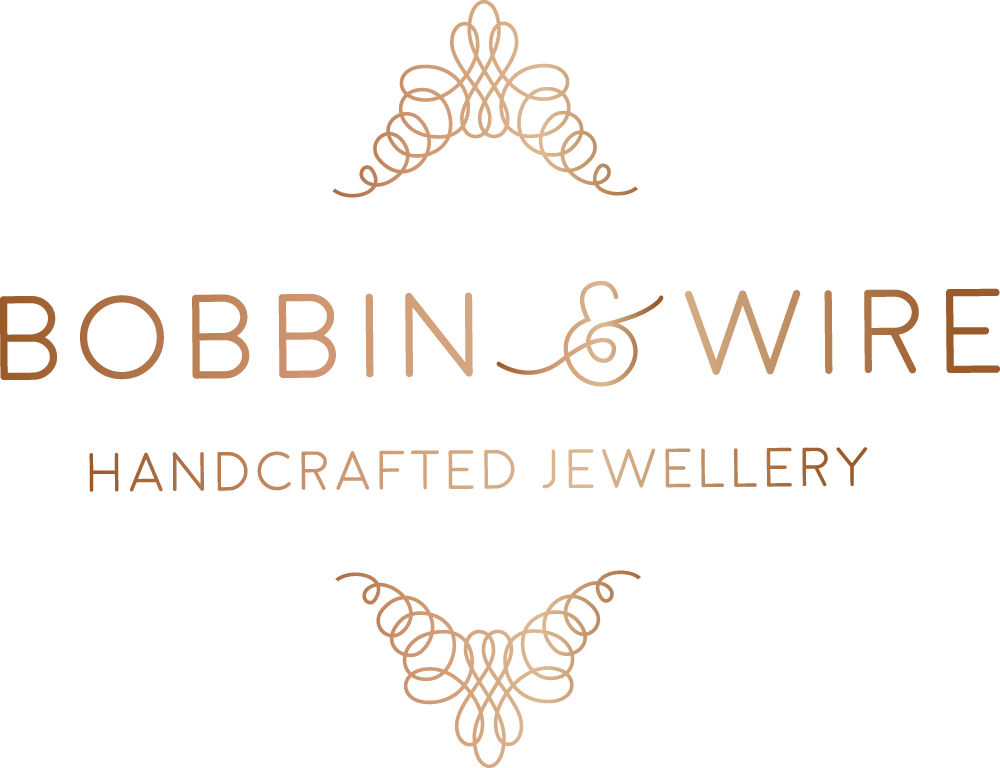lace | heart | art | 2020
February is a BIG month for love and 14 February 2020 marks the third year that Lenka Suchanek has been running the lace | heart | art challenge and online exhibition, each year the challenge offers a heart pattern for lacemakers to interpret however they wish and fill the world with handmade lace hearts made with love and colour.
The lace | heart | art challenge was created in memory of Barbara Jean Jones, a young lacemaker who died all too young. Barbara and her mum, Pat attended lace classes at the New School of Lace in 2014. Barbara learned to make lace using both thread and wire and the lace | heart | art challenge was inspired by her favourite design, a half stitch tape heart outline with a diamond plait filling. When Barbara died in the summer of 2016 the group found their weekly lace making classes helped them with their grief and sadness. You can find out more about Barbara’s story from the lace heart art pages on Lenka’s website https://lenkas.com/
I love taking part in these challenges - I love the design process, making something original and sharing your work with the world. I find the design process really intriguing, we are all inspired by different things and we all approach the design process in different ways which are endlessly fascinating. I love that with lace making there is always something new to learn and so many ways we can improve our craft skills. With the lace heart art challenge, you are given some parameters to work within and it’s entirely up to you what you create. On reflection for the first online competition, I felt I held back with my design, and I since realised that you should always go with your gut feeling and you’ll never regret being bold or going large. What I learned in creating my second and third pieces is that you have to challenge yourself, go with the flow and trust that although you will be faced with dilemmas you will figure it out and you’ll enjoy pushing yourself and the boundaries of this wonderful craft. I’m really excited to share that I won the grand prize in the wire lace category in the lace | heart | art 2020 challenge. For many of us the last few weeks have seen our lives change in sudden and unprecedented ways that none of us could have foreseen before this global pandemic, many of us are in lock down, staying home to stay safe. Movement outside of our homes is restricted to the very essential trips for food and medicine. So it really made my day, week, month, year when I found out earlier week that I had won the grand prize in the wire category for the 2020 competition! The timing of the lace | heart | art exhibition for 2020 is perfect as so many of us are locked down and looking for beauty and joy to distract us from the coronavirus.
The lace heart art team are ahead of the curve in making the challenge and exhibition online so if you take part in the challenge there is no need to send your physical lace away for judging, once you’ve completed your lace you submit photos of your work and you then can hang your lace art on your wall for you to enjoy.
Check out the amazing lace art at the online exhibitions using these links;
1st lace | heart | art exhibition - the challenge was to create a heart with an imaginative ending to the heart tail https://lenkas.com/laceheartart/1st-online-exhibition-2018/
2nd lace | heart | art exhibition - the challenge was to create a heart incorporating flowers or a bouquet of flowers https://lenkas.com/laceheartart/2nd-online-exhibition-2019/
3rd lace | heart | art exhibition - the challenge was to create a heart filled with warmth and love, symbolising the sun rays radiate from the center permeating the heart and fill the world with light and colours https://lenkas.com/laceheartart/3rd-online-exhibition-2020/
Coronavirus pandemic permitting those of you in the Metro Vancouver area are in for a real treat in May as the lace heart art team will be sharing the story of Barbara’s Heart and exhibits from the lace | heart | art challenge at the Crescent Beach Pop-up Gallery alongside other original lace works.
Congratulations to everyone who entered the lace heart art challenge 2020. Here’s a selection of some of the lace art from this year’s exhibition
















